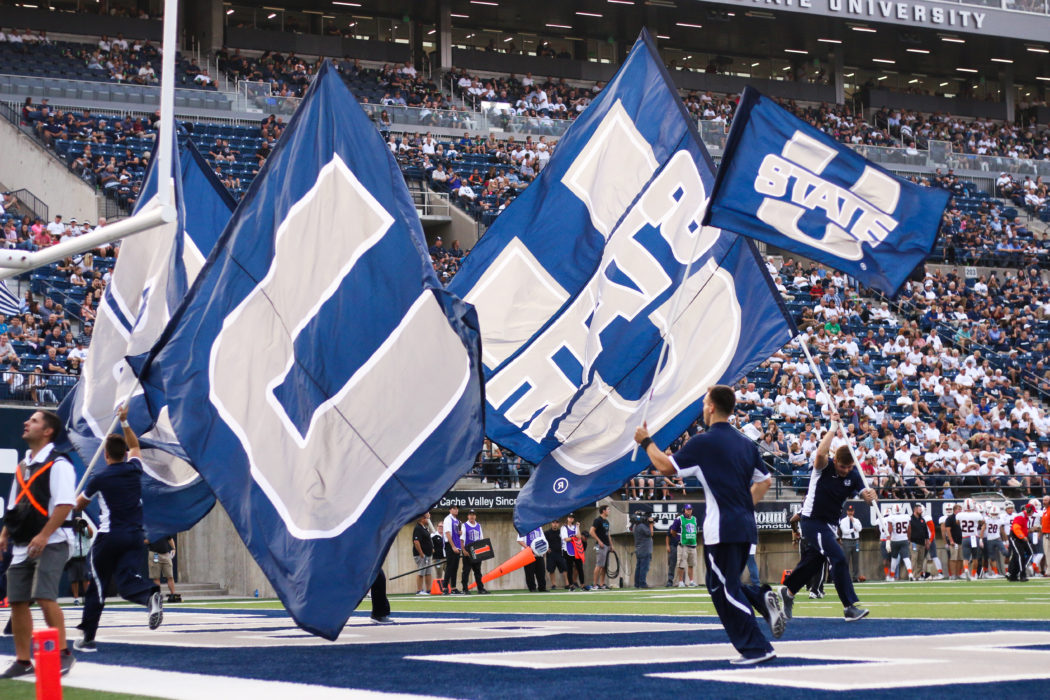Play through it….How athletes are dealing with COVID
Play through it.
When I rolled my ankle? When I had the sniffles? When my dog of 12 years died, and I wanted to go home to bury her?
The answer for me, as it is for student athletes, has always been the same: Play through it.
That is, until the pandemic.
I was sitting on my couch watching film of a two-hour practice I hadn’t been able to attend due to testing positive for COVID-19. I couldn’t taste anything. I wasn’t allowed to work out. I could see my teammates laughing together. I knew I was missing out.
And I was pissed off, and more than a little depressed.
The last time I had taken 14 days off in a row of working out was before I started playing city league rec ball as a 5th grader. Since then, at least six days a week, I’ve worked on my game, on my body, on basketball. I’m not exaggerating.
Vacation? Hotel gyms. Sick? Playing through it. No gym available? Guess who’s going on a run and doing pushups in my room? Me, that’s who.
Most college athletes around the country can say the same thing.
When I tested positive my trainer told me I was not allowed to work out. Period. My heart might be affected, a ventilator might be needed and we wouldn’t know how the virus had affected my body until I was no longer symptomatic.
I felt more alone than ever before. But really, I wasn’t alone because athletes everywhere are experiencing the same thing.
“It was extremely difficult for me to miss weights and practice,” Bailey Downing, a USU women’s volleyball player said. “I knew my team was in the gym… and I couldn’t.”
Downing tested positive for COVID in September. She struggled with more severe symptoms than others and lost her taste for three weeks. She said one of the biggest struggles was feeling like people judged her for contracting the virus.
“I felt like I was in the wrong or I wasn’t doing my part as a citizen,” Downing said. “Even though I was. I think people have placed a negative image on having it.”
Megan Bigler, the trainer for the USU women’s basketball team said it’s hard for her to force her athletes to sit out for 10 days at a time.
“They feel like they are disappointing their coaches,” Bigler said. “I feel safer making them sit out, but it’s still hard.”
Bigler had to quarantine 12 women’s basketball players at one time due to six players testing positive and another six being in close contact with positive cases.
Matt Wickizer, a men’s basketball player at USU, also contracted COVID and said it was difficult to deal with.
“COVID affects the whole team because when one person gets it, it is more probable that others on the team will get it,” Wickizer said. “Having others sit out of practice makes it hard to have everyone on the same page.”
Wickizer tested positive in October and had to isolate at home to avoid infecting others.
“I hated missing practice and weightlifting,” Wickizer said. “I felt like I was getting behind while everyone else was practicing. I’m sure the others that had to quarantine felt the same way.”
Chris Joseph-Ayala Bartolic, a punter on the USU football team, struggled with the loss of human interaction. His fitness also took a hit.
“It was hard to get back into shape after two weeks,” Bartolic said. “It is affecting athletes differently.”
Bartolic said, on the football team, there is a huge fear of having to quarantine and miss games or practices, so much so some players try to hide symptoms.
I know what others might think; it’s just 10 days. What’s the big deal?
The big deal is, it’s 10 days my competition is getting better. It’s 10 days a body used to being pushed to its limits is forced to rest. And objects at rest tend to stay at rest. That’s just physics. It’s having to catch up.
And more than that, it’s not knowing if we’ll have a season. It’s feeling like all the work I’ve put in is for nothing. It’s feeling like I’m letting people down by not getting better every single day.
It’s not being able to play through it.
*This article was submitted as part of a class project.

